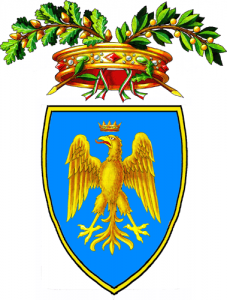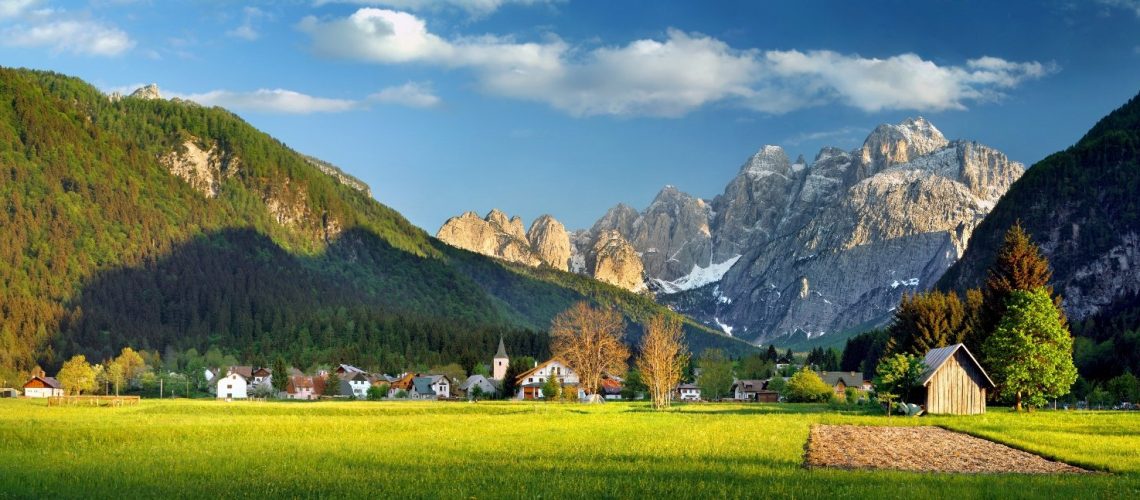All around the world, the Italian language is renowned and appreciated for its musicality and peculiarities. Many scholars learn Italian just to be able to appreciate the many literary artworks that were produced in the golden age of Italian culture. First among them, of course, the Divina Comedia.
Not everyone, though, is aware of the huge amount of dialects (some of them fully and officially recognised as languages) scattered among the Boot.
Friuli Venezia Giulia is a small region, just a little bigger than County Cork, with a little more than 1 million of inhabitants. In this small, detached piece of land, surrounded by the Alps and confining with Austria and Slovenia, many languages are spoken:
- German and Slovenian, nearby the respective borders
- Friulian in most of the central part of the region
- Triestine dialect in the area surrounding the capital Trieste
- Bisiac dialect in the province of Gorizia
- Gradese dialect in the small island of Grado
- Pordenonese dialect in the town of Pordenone
- Udinese dialect in the city of Udine
- And many more variants spoken in small areas, sometimes town of less than a few thousand of inhabitants. Peculiar is the ”tischlbongarisch” german dialect spoken in the mountain town of Timau, for the considerable amount of german archaisms and for the unique phonetic spelling created in loco to describe a number of sounds that do not exist in Italian nor in Standard German
Triestine, Bisiac, Gradese, Pordenonese and Udinese all descend directly from Venetian. In case of Triestine, Pordenonese and Udinese, which are spoken in the main towns of the region, a venetian dialect was used over the Friulian because the inhabitants wanted to distance themselves from the peasants of the countryside. At the same time they wanted to be accepted by the Venetian Bourgeoisie, which always considered them as inferior.









